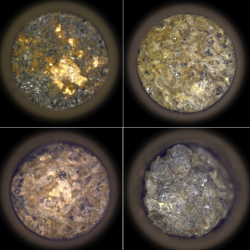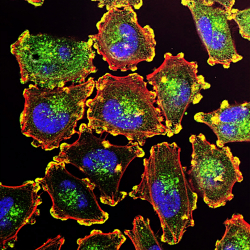
The electronegativity also influences the character of these molecular orbitals. Imagine it this way – oxygen is ravenously drawing all nearby electrons closer. Carbon, as passive as it is, is alright with being dragged along with its electrons. In this situation, which atom influences the shape of the molecular orbitals the most? And in what ways?
Well, since molecular orbitals are composed of both bonding and antibonding orbitals, we can say that oxygen influences the bonding aspect the most since its electronegativity is a constructive force for bonding. Further, if oxygen’s atomic orbitals are influencing the bonding molecular orbitals, then carbon’s atomic orbitals would influence the antibonding molecular orbitals.
This makes the position of the molecular orbitals a little clearer. Can you see how the bonding and antibonding orbitals skew toward either carbon or oxygen?
This demonstrates a valuable rule within MO theory: when atomic orbitals do not have the same energy levels, the molecular orbital that’s formed is most similar to the atomic orbital that is closest to it in energy.
Mixing also occurs between heteronuclear MOs, if the energy between the atoms is close enough. This is the case in carbon monoxide, in which sp mixing occurs.
Sp mixing is a bit different in heteronuclear MOs, but the concept is the same. Molecular orbitals that are close enough in energy will mix, but, due to the differences in electronegativity, the symmetries of each atom’s orbitals become more important. Fortunately, our molecular orbital diagram above uses dotted lines to demonstrate which atomic orbitals mix to form which molecular orbitals.
Even more fortunate is, once you’ve determined how to draw the molecular orbital diagram, the rules for filling MO diagrams remain the same as always. Our filled MO is:









Leave a Comment